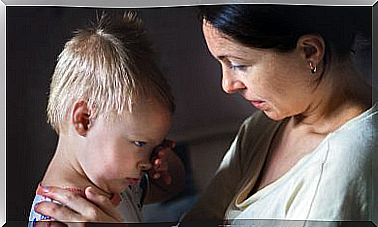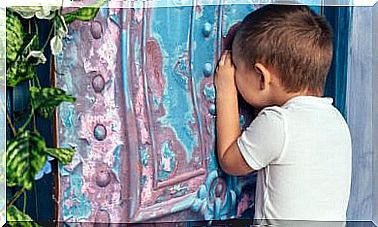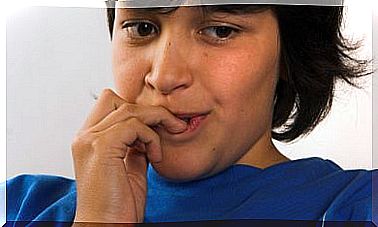The Techniques Of Positive Discipline

The techniques of positive discipline are all those expressions that are oriented towards the achievement of objectives instead of punishment and imposition.
And what is the common goal of all these techniques? Very simple. It is about looking for children or young people to collaborate and be participants. In this way they are accustomed in a healthy way to comply with what is required.
In other words, positive discipline is about collaboration, not confrontation. In this methodology, the power game, hierarchy or resistance of the parties is not sought.
When orders are given, they generally have to be repeated many times to achieve what we want. To avoid the stress generated by this type of behavior, you can opt for various positive discipline techniques.
For example, one of the most effective techniques is dialogue. It is infallible to get the cooperation of the other (in this case, our son) without conflict. Consequently, the common welfare is promoted and needs are met.
Difficulties to consider
When applying positive discipline techniques, we must bear in mind that, many times, we may not immediately achieve the results we want. So it will be necessary to be patient.

Also, we may have certain difficulties. This is completely normal. Every process has its ups and downs and, especially, learning.
We must take into account the context in which we decide to apply the techniques of positive discipline to obtain a better reception.
On the other hand, it is very important to adapt the techniques according to the age, previous knowledge and personality of our son.
For example, we cannot apply the same technique to a 3-year-old child as a 10-year-old or 15-year-old. In addition, we must know how to dialogue with them to help them overcome prejudices, adapt and make the necessary readjustments to achieve the desired objective.
In summary, the difficulties to take into account are the following:
- Age.
- Quality of the established dialogue (between father and son).
- Pre-established beliefs and knowledge (prejudices).
- Possible resistance (impact of technique and dialogue: rebellion, disagreement, dislike, etc.).
The techniques of positive discipline
1. Sense of responsibility, first and foremost. In other words, we must make it clear to our children that from now on things will work differently. You are not going to insist that they do things since it is their responsibility to do them.
Let him know what the hours of his different activities are. Such as: meal times, shower time, bedtime, and if necessary write it down. Even if you manage to do it together with the insurance that the effectiveness will be more positive.
2. For example, invite and teach him to use the alarm clock and that he will be the one managing his time. For example, if he has to go in to shower at 8:00, you have to get him to do this himself. In other words, you have to let them know that these types of actions are convenient and beneficial for them.
3. Once they have agreed on their day-to-day responsibilities, you just have to follow up slightly, not be behind them all the time to get them to do their part. Sometimes you can make reminders, but this does not become a routine.
4. Give thanks and acknowledge the effort they have made, whenever it is necessary. It is not necessary to throw a whole party but to be honest and express our appreciation for their behavior.
5. If you feel that situations are repeated with some frequency, sit down with your child and tell him that you want to find a solution to the problem and that, if they do it together, it is much better. Brainstorm (it is important that both of you participate).
Select those ideas that may be useful to them and discard the rest. Make a proposal for an action plan (as a team) and comment on how they are going to comply with it to ensure that everyone is well. It’s about making the action plan an enjoyable activity, overall.
6. Talk ahead, don’t threaten. In this way, frustrations and bad times will be avoided.
7. Make stops. Sometimes it is necessary to teach them to stop for a moment and make them choose between one thing or another. This will help them develop a tolerance for pressure (healthy, of course) and streamline the decision-making process.
8. Try to ask questions instead of giving orders. Education in values and discipline with love are a thousand times more affective than shouting, hitting and punishing.
9. Children learn by imitation. This means that parents are their role models. So we must be consistent and responsible.

The importance of monitoring and routine
Positive discipline techniques will have real effectiveness if they are consistently maintained over time. Remember that perseverance is what creates habits and, in this case, it is very important to reinforce everything that gives us satisfactory results and generates well-being.
There is no reason to pressure children (or young people) to do things, or challenge them. You have to teach them to work as a team and always look for the best in situations.
Remember that children also like harmony, good humor and fun. Hence the importance of giving them some flexibility and offering them our unconditional support, in the good and in what can be improved.
In this way conflicts are avoided and the day is prevented from ending with anger and punishment. Be patient, nobody is born learned.










